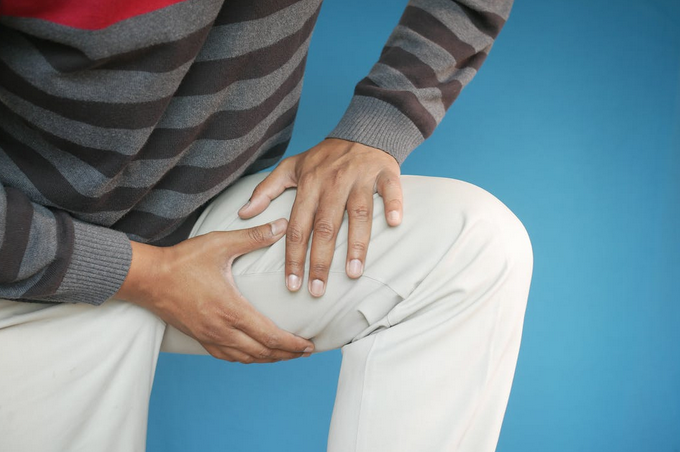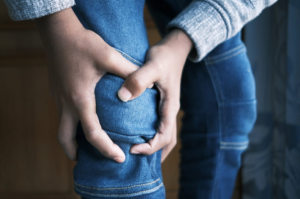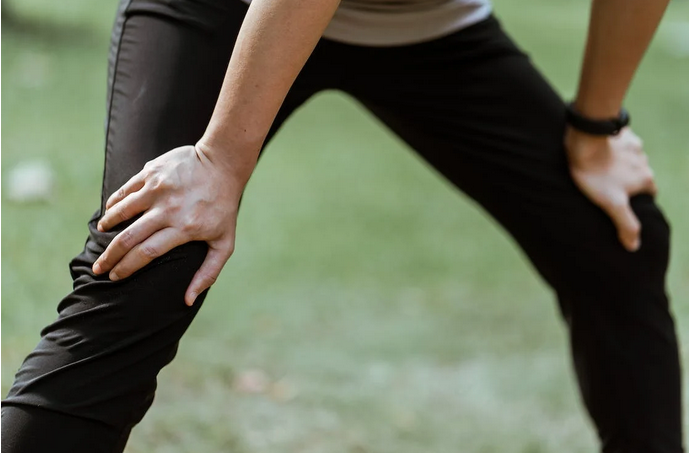Have you ever experienced knee pain that seems to come out of nowhere? Or do you have a chronic knee condition that won’t go away? Knee problems can be frustrating and, unfortunately, lead to the need for singapore knee replacement surgery. However, understanding the common causes of knee pain can help you find relief. In this post, we’ll explore everything from overuse injuries to degenerative conditions so you can better handle your discomfort and take steps toward long-term healing.
Osteoarthritis

Knee discomfort is frequently caused by osteoarthritis. It happens as the cartilage that supports the ends of the bones deteriorates over time. This can cause joint discomfort, stiffness, and edema. Osteoarthritis can affect persons of any age, although it is more frequent in people over 50 years.
There are several risk factors for osteoarthritis, including obesity, joint injury, and family history. Treatment for osteoarthritis typically includes weight loss, exercise, and pain relief medication. In severe cases, surgery may be necessary to replace the damaged joint with an artificial one.
Rheumatoid Arthritis
Rheumatoid arthritis is a chronic progressive inflammatory disease that attacks the joints. It typically affects the hands and feet but can also affect the knees. The symptoms of rheumatoid arthritis include joint pain, stiffness, swelling, and loss of range of motion.
The disease is caused by an overactive immune system that attacks the joints, causing inflammation. It is difficult to diagnose in its early stages, as the symptoms can mimic other conditions. Treatment for rheumatoid arthritis focuses on reducing inflammation and pain and preserving joint function.
Meniscus Tears
 Meniscus tears can be classified into two types: acute and degenerative. Acute tears happen unexpectedly, typically caused by a sports injury or trauma to the knee. On the other hand, degenerative tears occur gradually over time as the cartilage wears down due to normal wear and tear. Symptoms of a meniscus tear include pain, swelling, and stiffness in the affected joint. You may also feel a popping sensation when the injury occurs. It can be difficult to move your knee, and you may have difficulty putting weight on it.
Meniscus tears can be classified into two types: acute and degenerative. Acute tears happen unexpectedly, typically caused by a sports injury or trauma to the knee. On the other hand, degenerative tears occur gradually over time as the cartilage wears down due to normal wear and tear. Symptoms of a meniscus tear include pain, swelling, and stiffness in the affected joint. You may also feel a popping sensation when the injury occurs. It can be difficult to move your knee, and you may have difficulty putting weight on it.
If you think you have a meniscus tear, it’s important to see a doctor immediately so they can diagnose the problem and recommend treatment. Treatment options include rest, ice, compression, elevation, and physical therapy. In some cases, surgery may be necessary to repair the damage.
Patellar Tendinitis
Patellar tendinitis arises from the patellar tendon’s inflammation and irritation, which connects the kneecap to the shinbone. This condition is commonly known as “jumper’s knee” and is frequently observed in athletes who engage in activities that involve a lot of jumping, such as basketball and volleyball. It is also prevalent among non-athletic individuals.
The most common symptom of patellar tendinitis is pain in the front of the knee, around the kneecap. The pain may be mild initially, but it can become more severe over time. Other symptoms may include swelling, stiffness, and tenderness. There are several treatment options for patellar tendinitis. However, resting and avoiding activities that aggravate the condition is often recommended.
Knee pain can be incredibly unpleasant and debilitating, but it becomes far more manageable when we understand its common causes. With this knowledge, you should be better equipped to recognize your knee problems as they arise and take action toward finding relief.


Leave a Reply